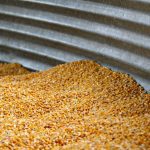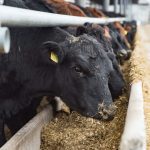Farmers who grow malting barley in their rotation say there is a lot to like about the crop. It’s an early-maturing, drought-resistant crop that competes well with weeds. And if farmers meet the high standards required by malting houses, they can earn a handsome premium. Although malting barley once yielded significantly less than higher-yielding feed […] Read more













